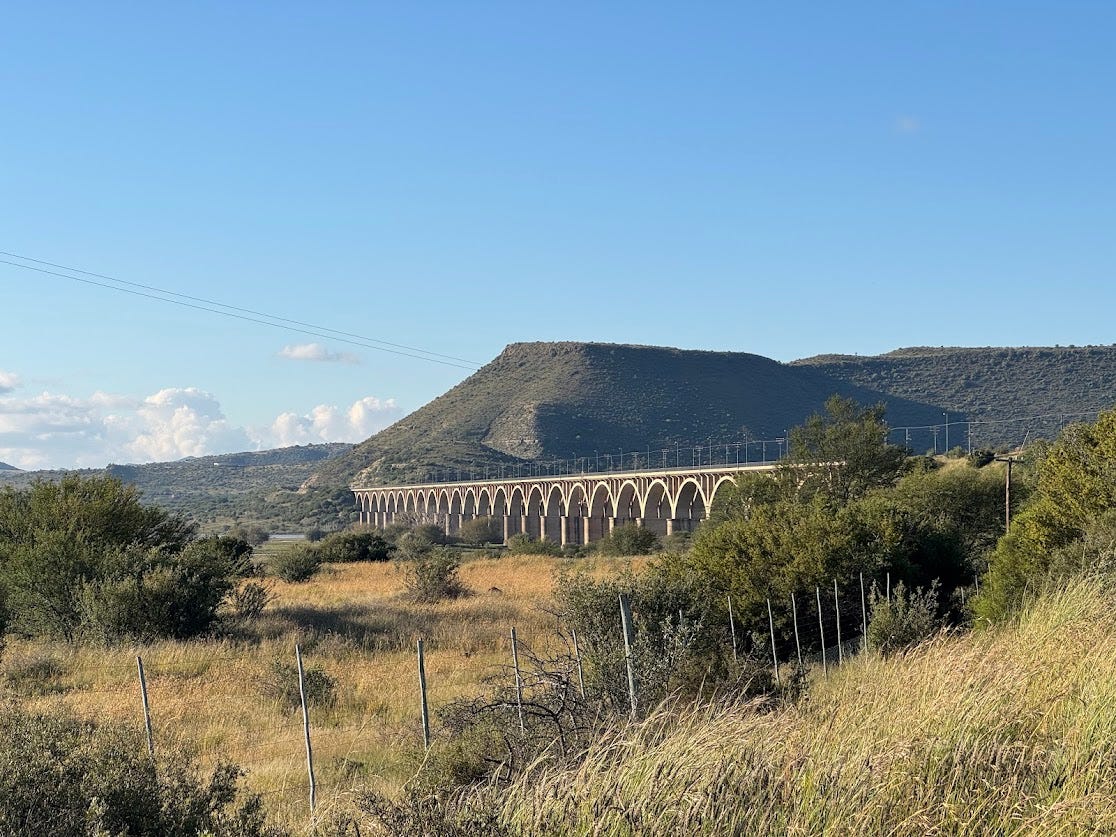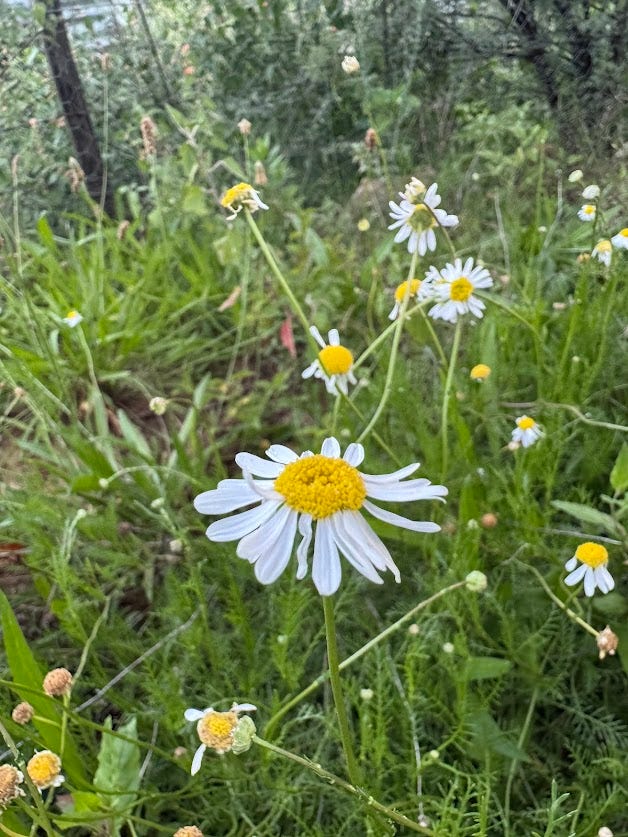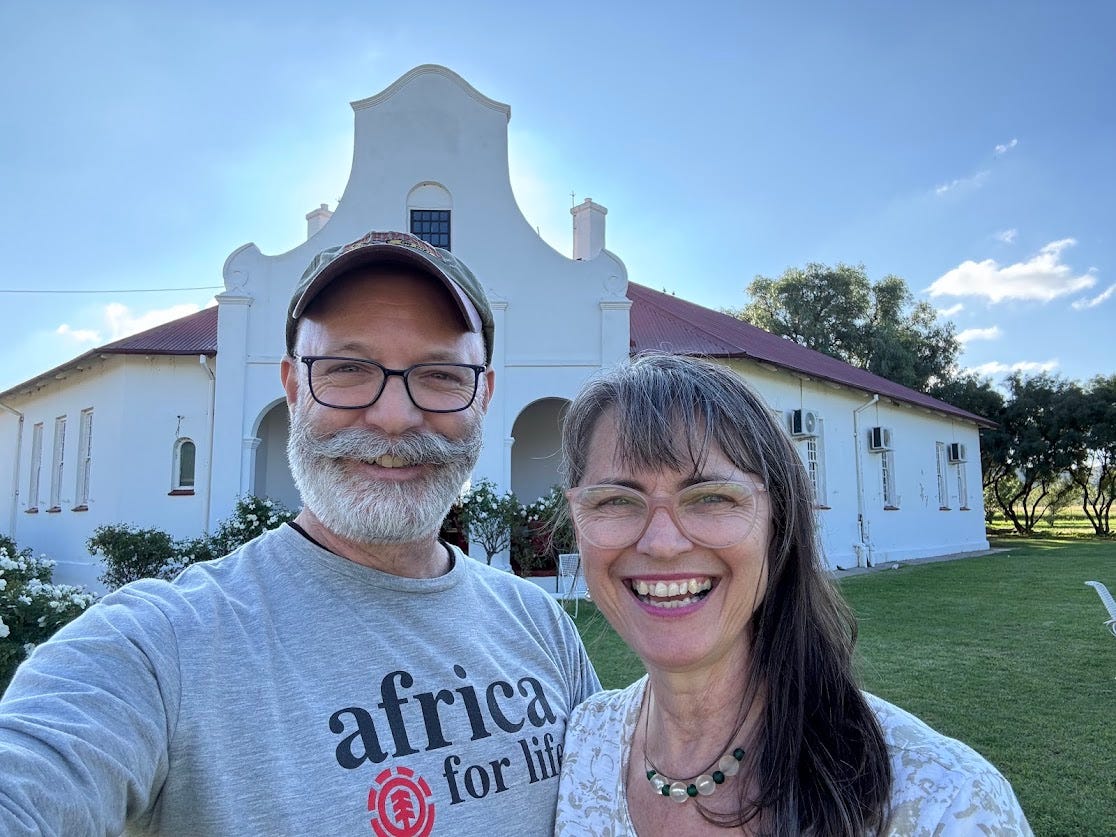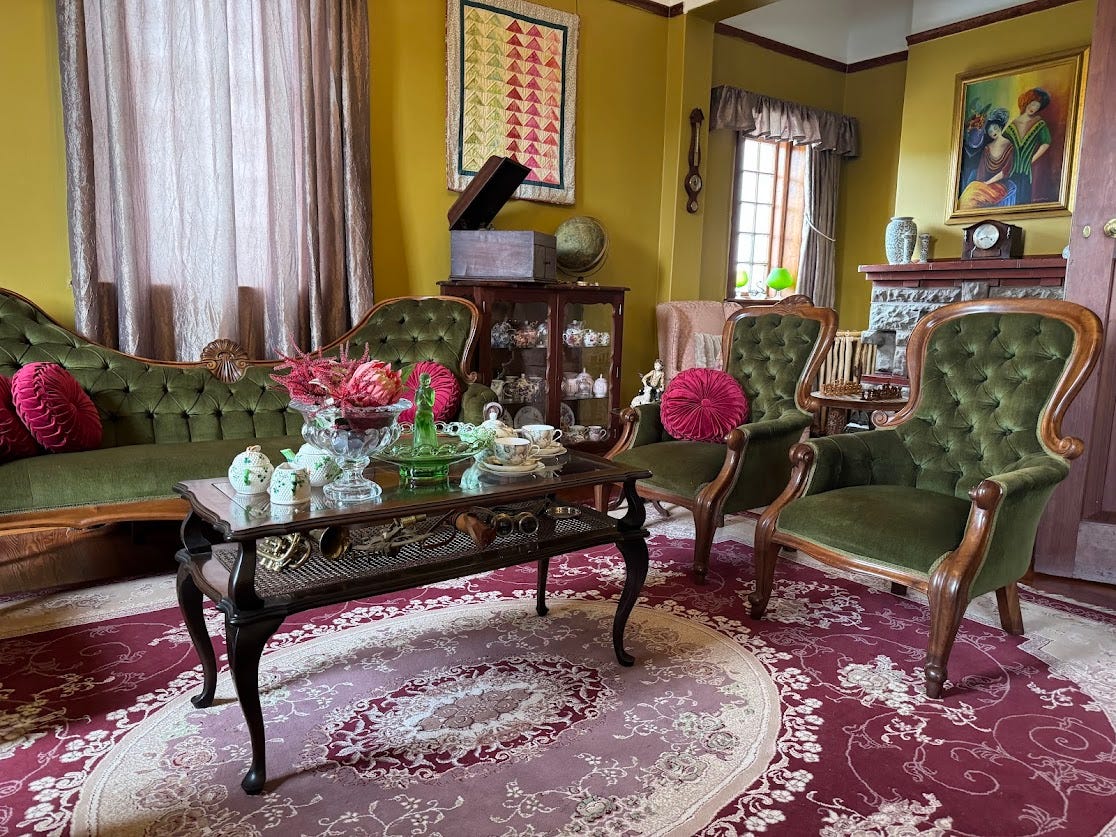On the road again
An annual road trip starts with a stopover at a place that offers so much more than expected. We leave reflecting on our history and the forces of nature.
Enabling The How #212. Reading time: 5 minutes, 55 seconds
Every year, around this time, we take a road trip. In South Africa the month of April is full of public holidays and schools close. This gives us the breathing space to take some time off. We drive between four and five hours and overnight in a variety of small towns off or on the beaten track. Our main destination is the Garden Route where, on this trip, we stayed with Matthew’s brother, his fiancé and their delightful 17 month old daughter in George.
When we road trip Matthew drives and Chantal crochets, ensuring that she doesn’t “passenger seat drive”. We Bluetooth some relaxing music from the iPad and have great conversations on the way. Once we are out of Johannesburg we settle back and enjoy the passing scenery. We are able to appreciate the country, the changing vistas and the sweeping skies at a somewhat slower pace.
A fuller Bethulie
The first stopover on our journey was in Bethulie, a small, almost forgotten town, off the beaten track, at the southern edge of the Free State, one of the nine provinces of South Africa. Our overnight stay was at the Bethulie Guest Farm, a restored Herbert Baker house on a working pecan nut farm.
We were welcomed by Deborah, the manager, as if we were old friends. Deborah, who also grows medicinal plants, was a mine of information. She told us about the guest house, the town and places to visit. We asked and she answered.
“How did you come to live in Bethulie?” asked Matthew, when it was clear that she had not been there forever.
Deborah told us a fascinating tale about how she and her husband, Leon, found their way to Bethulie via the Democratic Republic of Congo. They had spent lockdown on an island in the middle of a lake. They battled insects and suffocating humidity while trying to grow food in a particularly inhospitable environment.
By the end of the pandemic the world had changed and their sojourn in the north was brought to an abrupt close that sent them back south and to Bethulie. Their adventurous, just do it, approach was inspirational. Bethulie felt so much fuller than we expected it to be.
Bridge over running waters
Matthew wanted to know more about Deborah’s medicinal plants. Of course he did. Deborah invited us to visit their property later that afternoon, if we had the time. We did, but first we had to visit the longest bridge in South Africa. Called the Hennie Steyn Bridge, it is a combined road and rail bridge with an impressive length of 1,152 metres. We weren’t even aware that it existed. We have few large rivers in this country and little need for the massive bridges that suspend across waterways in most other countries around the world.
When you are on the bridge, it’s a road with railway tracks beside it. We had to peer over the side to see the arches' rolling gait patterned in the river below. The Orange River is full and flowed in a web around tufts of ground, flooding onto the low lying land on each side. Matthew manoeuvred the car to a suitable vantage point where the arched bridge posed for some long legged photos in the late afternoon sun.


Fruitful tour
Later our visit to the medicinal plant garden was met with wide open arms and wider smiles. We wound our way around the property. Deborah pointed to and named each plant and what it was good for. Leon laughed at how “they”, i.e. he, had done the hard work clearing and cleaning out the old and laying the ground for the new.
We tasted black nightshade berries. Tiny pops of sweet in our mouths.
“Don’t eat them when they are green,” warned Deborah, “That’s when they are poisonous.”
We scooped the insides out of feijoa fruits. They look like small elongated figs but taste like a mixture of pineapple, strawberries and guava. They are ripe when they fall to the ground, but you can shake the branches and catch them as they fall too.
“Wow, these taste amazing and we have them growing in our back yard,” said Matthew, “We didn’t know what they were.”
“They can be eaten as is, scooped out by hand or spoon. I have made them into jams, jellies and preserves,” said Deborah, “But you must spray the fruit otherwise they’ll be full of worms.”
Saffron, their signature crop, was planted in delicate lines. A few tiny purple flowers poked through the small spiky crocus (Crocus sativus) plants. The flowers are gathered by hand each morning when the petals are fully open. The golden stigmas are then harvested, dried and used to flavour foods and as a dye. It is hard and painstaking work. Between 70,000 and 200,000 flowers are needed to produce one kilogram of dried saffron threads.
As the sun dipped and the chill set in we set off back to the guest house with bags of seeds and a back seat of cuttings. Leon wanted to give us an entire rose geranium.
“I don’t think it will fit in the car with the rest of our luggage,” said Chantal.
“Can’t we stop off on our way back?” asked Matthew hopefully.
We couldn’t. Next time, maybe.

A sadder side
Bethulie has a sadder side to its history. It was the sight of the largest concentration camp during the Anglo Boer War (1989 - 1902). Established in 1901 it was known as “the hell camp” because of the shocking conditions. Disease, starvation and extreme temperatures resulted in 1,737 deaths of, mostly women and children, in the 13 months of its existence.
The following morning we visited the memorial on our way out. Marked by a lone sign on the side of the road, the area has a hollow, neglected feel about it. Loss dripped from the peeling gates and grief hunched over the headstones of family members long forgotten or unknown.
In the “old” days, when we were at school, we were taught about the Great Trek until we groaned and moaned about voortrekkers and ox wagons. In the new dispensation children are taught about Apartheid until they want to weep from boredom.
None of us have been offered the opportunity to explore that very difficult bridge between the 19th and 20th centuries when conflict over land was rife. No group was unaffected. Desires for agency over land and culture drove resistance and war where no-one wins.

Kaleidoscope to look through
At breakfast on our last day, we met another Leon. A large lion of a man who loved these specific cats, was a Leo and between roars of laughter reminded us to stop off at the Gariep Dam on our way out.
We did just that, eager to witness the water thundering through its open gates. In the car park, an extended family huddled under an expansive tree to have a braai in the drizzle. A different way to spend Easter Sunday.
We walked, as others did, to stand above the gates on the dam wall. Water churned and crashed in a manmade waterfall. The mist poured up from the crashing flow and landed softly around us while the earth rumbled below.
Back in the warm, dry car and on the road again we reflected on how history defines us, and nature drives us. We wondered how the group of young black women who stayed overnight at the guest house would have felt about its décor which was steeped in a European influenced vintage design. What would their perception have been about the town and its history? We wished we could have asked them. We did not have the opportunity.
The recent rains have brought plenty, and pain to our water scarce country. Floods along with the welcome wet. Our first stopover had offered us a kaleidoscope of angles to look at our land, our ancestry and our future. It gave us new insights and new friends. It washed away the dust of a hard city and set us up for a few weeks of wonder.
Until next time.
Yours in feeling,
Matthew & Chantal
P.S. If you'd like to see more images from the road trip, along with some etched interpretations of the beautiful sights, you're welcome to follow us: Matthew’s Instagram & Chantal’s Instagram. 📷 🤳









